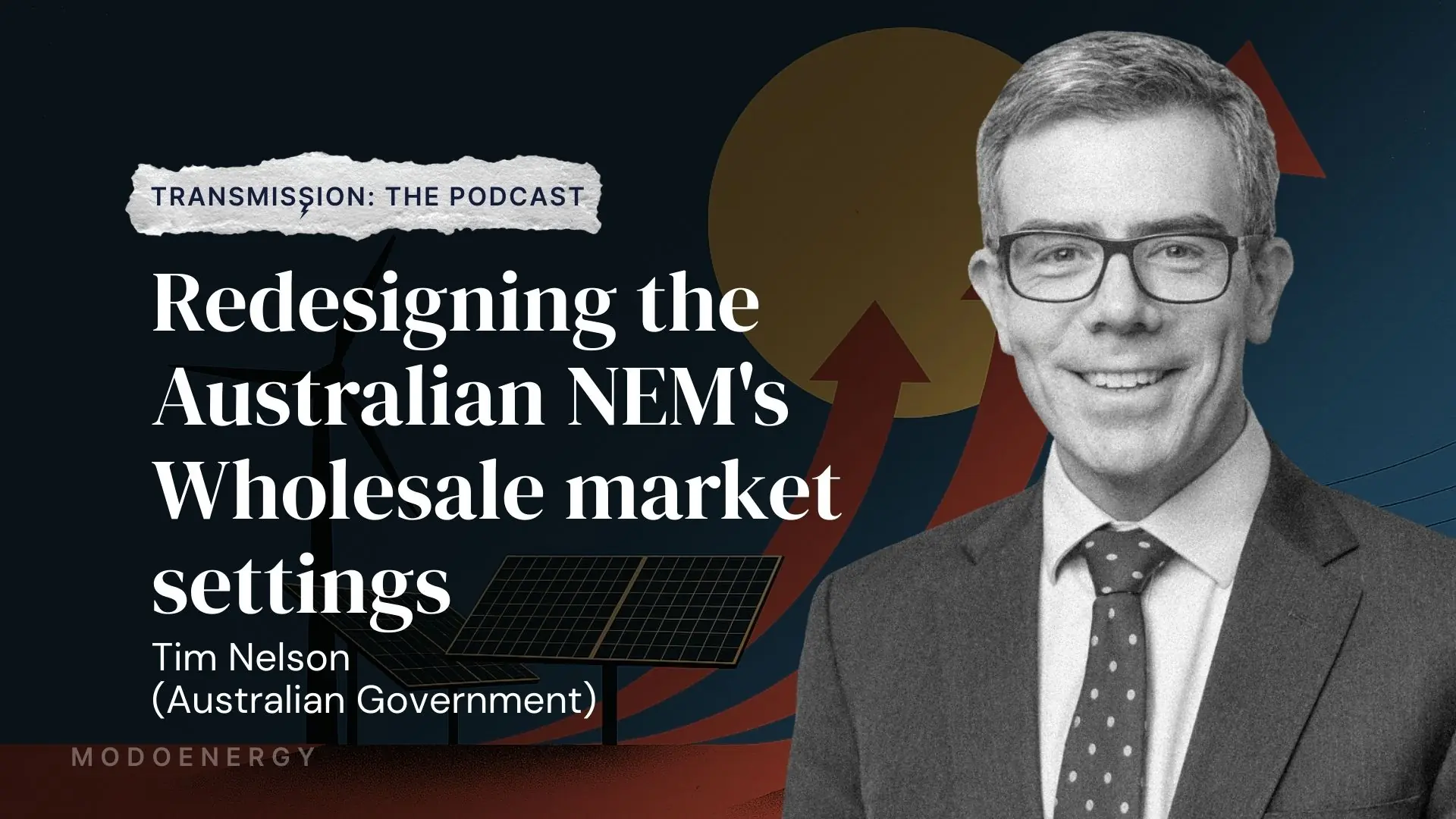In Part One, we looked at the story so far in the DA STOR market. We explained the problem surrounding overholding of STOR capacity, and how it has caused volatile pricing and high service costs.
To remedy these problems, in June 2021 NG ESO published a letter to the industry, outlining changes to how STOR will be procured.
Specifically, the proposal states that both underholding and overholding STOR capacity will be allowed, providing it reduces the overall cost of the service. But what does this mean in practice?
In this article, we’ll take a look at:
- The potential impacts of the changes.
- What they mean for the wider market.
What’s going to happen?
In order to assess the impacts of the changes, we recreated the NG ESO auction algorithm from scratch. Armed with a working model of how the ESO awards contracts, we explored the precise impact of these changes through two scenarios:
- What actually happened in the STOR market.
- What would have happened, had the proposed changes been in place when DA STOR launched.
A larger market for STOR providers?
With the move to allow overholding, it’s natural to assume that STOR procurement will increase when the changes come into place. But how often will we see overholding, and by what amount? Figure 1 (below) shows historical STOR procurement and the impact the changes would have had.

- STOR procurement would have remained largely unchanged under the revised procurement rules, with contracted capacity staying roughly in line with targets.
- Overholding capacity would have occurred 70% of the time, adding just 13 MW to the daily auctions (on average).
- In no instances would the new regulations have lowered the ESO’s procured volume.
So how will prices change?
As discussed in Part One, overholding constraints have been the primary cause of high prices in DA STOR. So, when the ESO removes the constraint, how will prices be impacted? Figure 2 (below) shows the historical clearing prices in the two scenarios outlined above.

- Average clearing price would have fallen from £2.30/MW/h to £0.89/MW/h - a 61% decrease in prices.
- Comparing the two scenarios, prices appear more stable where overholding is allowed, with far fewer price spikes.
- Under the proposed changes, STOR prices will be more reflective of the ‘true value’ of reserve, and will give STOR providers a more accurate price signal.
How will this impact revenues?
Falling clearing prices are a double-edged sword. While the overall cost of the service goes down (which is great for the ESO and the end consumer), so too do revenues (which is not great for STOR providers). Figure 3 (below) shows the average daily revenues from the STOR market since its launch in April 2021.

- If bidding behaviour continues as it has done since launch, the proposed changes mean the STOR market is poised to lose 61% of its value.
- However, from a cost perspective, these changes present a significant saving to the ESO.
I’m not in the STOR market, so why should I care?
As we’ve seen, auction design can impact prices, volumes and, ultimately, revenues. While the changes discussed focus on the STOR market, they are still important for anyone providing balancing services. But why? To answer this question we need to look a little closer at the ESO’s relationship with EPEX.
Currently, NG ESO runs a number of auctions through the EPEX auction platform. This platform uses an algorithm called HELENA, to match supply with demand and award contracts. The HELENA algorithm is used in STOR, Dynamic Containment, and weekly FFR. If NG ESO continues its partnership with EPEX, we could also see this methodology rolled out across all balancing services, including those yet to launch (Dynamic Regulation, Dynamic Moderation, Slow Reserve, Quick Reserve, etc).
While the changes discussed above only apply to STOR at the moment, they provide a peek into the possible future designs of all ancillary auctions. With many flexible assets reliant on balancing services as key revenue streams, understanding auction design (and the associated policy risk) will be key to maximising revenues and minimising downside.
Key takeaways
Whichever way you cut the data, the proposed changes to the STOR market are going to impact providers in a big way. Average clearing prices are expected to fall by £1.41/MW/h, and wipe out 61% of the markets value.
On the flip side, this will lower ESO reserve spend significantly. The new rules are a step in the right direction towards the low-cost, zero-carbon operation of the system, but their impacts represent a substantial change in market dynamics. While the ESO’s learn-by-doing approach is necessary to keep pace with our climate ambitions, changes of this nature present significant policy risks to providers.
There is the potential to see this auction design rolled out across all new and existing balancing services that use the EPEX platform. Let’s just hope that when these new services are launched, the learnings from STOR are carried forward. Otherwise, providers could be left feeling as though the rug’s being pulled from beneath them...







